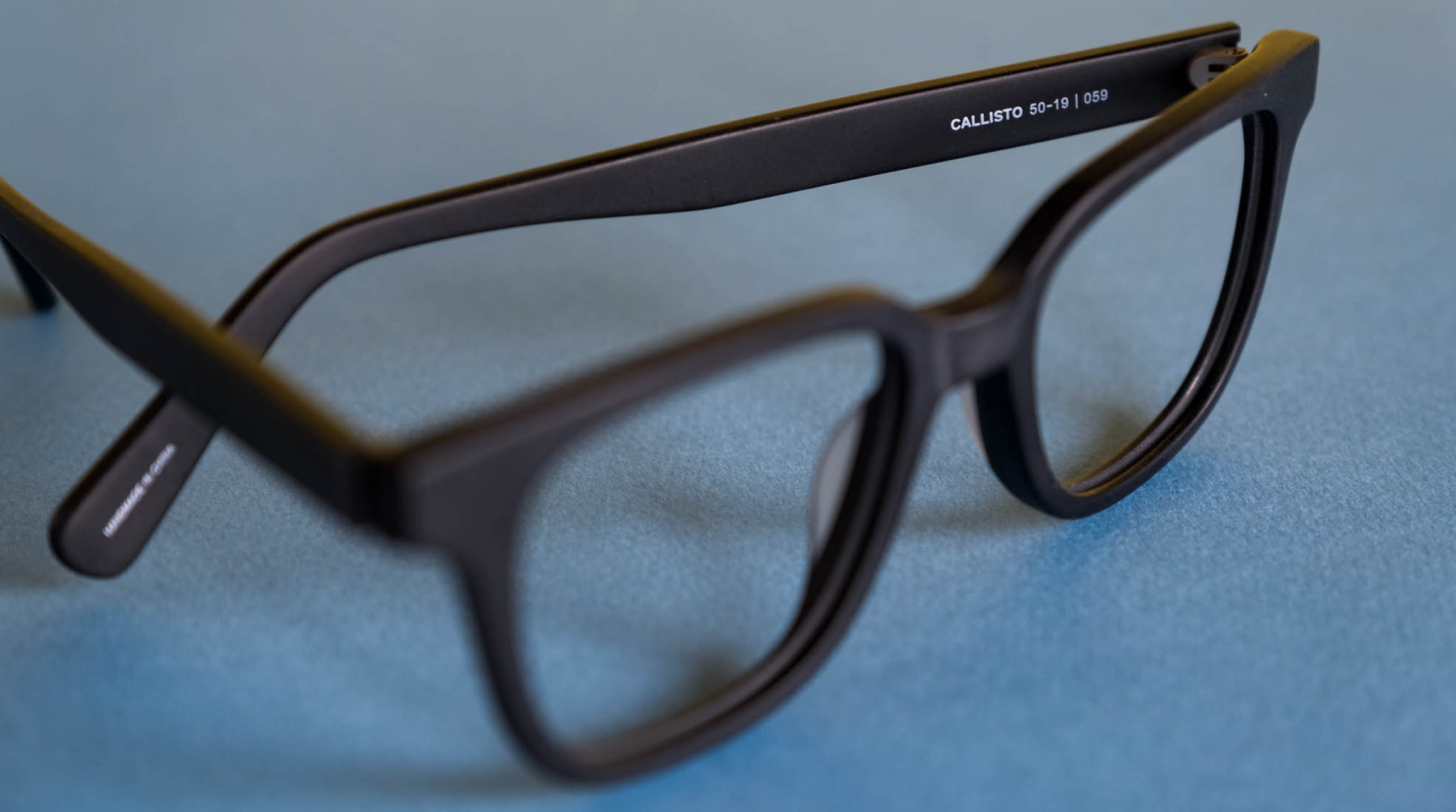Tips for Choosing the Best Eyeglass Lenses

When it comes to eyeglasses, frames tend to get all the love. However, the most important part of any new pair of glasses is the lenses. Lenses will determine how well your glasses perform, so finding the best eyeglass lenses for you is critical.
Type of Lenses
Different types of lenses correct vision in different ways. Therefore, the type of lenses that are right for you will be determined by your prescription.
Single-Vision
The most common type of lenses are single-vision lenses. These lenses correct vision in only one way. For example, if you’re nearsighted, your lenses will help you see things further away.
Bifocals
Bifocals are designed to help those with difficulty seeing both close up and far away. Bifocal lenses typically feature a small area, usually on the bottom half of the lens, that is used to correct farsightedness, while the rest of the lens corrects nearsightedness.
Bifocals eliminate the need to switch between two pairs of glasses depending on the situation, making them a convenient choice. However, because the lenses feature two distinct areas—separated with a line—it can take some time to get used to them.
Trifocals
Similar to bifocals, trifocal lenses add an additional zone to the lens. Rather than only targeting far and close distances, trifocal lenses also help wearers see intermediate distances. This is considered at approximately arm’s length away—such as looking at a computer screen from a desk chair.
Trifocal lenses add an additional segment to the lens, which can make them even more challenging to acclimate to than bifocals. For this reason, trifocals are rarely prescribed over our next option.
Progressives
Instead of trifocal lenses, most wearers who need three or more separate corrections in their lenses opt for progressive lenses. Progressives are a newer type of multifocal lens that removes the distinct lines found in bi- or trifocal lenses. This allows wearers to get the different powers they need without the challenge of getting used to the lines.
Instead, progressives utilize a gradient to separate close, intermediate, and far powers. This improves the user experience—however, progressives also typically come with a higher price tag.
Lens Material
Your prescription will influence what type of eyeglass lenses you need, but there are some additional lens features that you can choose depending on your needs and preferences.
One of these features is lens material. There are a handful of common lens material options, each with their own set of benefits and drawbacks.
CR-39 Plastic
CR-39 plastic is the baseline option for lens materials. These lenses tend to be the most affordable choice, and in turn, they’re one of the most popular choices. However, they are best suited for lower prescriptions; higher powered CR-39 plastic lenses tend to be thicker than other options.
Polycarbonate
Polycarbonate is another type of plastic lens. Alongside CR-39 plastic, polycarbonate is one of the most common lens material choices due to its durable, lightweight properties.
Polycarbonate lenses are highly impact-resistant, making them a great fit for rimless or semi-rimless frame types. Polycarbonate’s durability also makes it a great choice for children’s glasses.
Trivex
Similar to polycarbonate, Trivex lenses are a highly durable, impact-resistant option. However, Trivex can improve performance over polycarbonate lenses, offering sharper vision correction for some users. Trivex lenses are also exceptionally lightweight, making them a highly comfortable choice. However, this comes with a trade-off: Trivex lenses generally cost more than most other lens materials.
High-index Plastic
For those with higher prescriptions, high-index plastic lenses are an ideal choice. Generally, the higher prescription, the thicker the lens; however, high-index plastic lenses can be made thinner and lighter than CR-39 plastic or polycarbonate lenses. This makes the lenses more comfortable to wear.
There are a variety of different high-index plastics such as Hi 1.60 and Hi 1.67. Your eye care professional can guide you on which of these options is best for you.
Lens Coating
Lens coating can help your lenses perform better, protect your lenses, or even protect your eyes. Therefore, lens coating is an important consideration when choosing the best eyeglass lenses for your situation. Let’s take a look at some common options.
Anti-scratch
Anti-scratch coating is a nearly essential feature for most glasses wearers. In fact, most lenses come equipped with anti-scratch coating as a default option. The coating helps to protect your lenses against abrasions or other types of damage.
Anti-reflective
Anti-reflective coating—also known as AR—reduces the amount of light that reflects off the lenses. This helps improve overall performance being that more light can travel through the lenses and into your eyes.
Because of this, AR coating is recommended for most wearers—especially those that opt for polycarbonate or high-index lenses, as these tend to reflect more light than other materials. However, unlike anti-scratch coating, AR coating doesn’t always come standard on lenses, so it does require an additional purchase.
UV-protective
UV rays can be damaging to the eye—hence why it’s a good idea to grab sunglasses when going out on a sunny day. But standard eyeglass lenses can also be equipped with UV-protective coating—and in fact, many are as a default. For example, polycarbonate lenses offer 100% protection against UV rays with no need for additional coating to be added.
One additional option for UV protection are transitions. These lenses feature a coating that adjusts to light. Therefore, when you’re outdoors, the lenses will transition to a darker color that helps to block UV light, eliminating the need to swap to a separate pair of sunglasses.
Color-tinted
Lenses can also be tinted to certain colors that may help improve contrast, filter out blue light, and more. One common example is lenses tinted yellow that are designed to filter out blue light emitted from screens. This may help reduce eye strain—though more research into the effects of these lenses is needed.
Hydrophobic
Water can be a nuisance for glasses wearers. That’s why hydrophobic coating is a great feature to have—it keeps water off your lenses, making it easier to see in rainy weather, on the lake, or anywhere else that water may be an issue. And while it’s designed to repel water, it can also help keep your lenses free of dirt or other debris.
Pair Your Lenses with the Right Glasses
Choosing the best eyeglass lenses is a critical step in getting a new pair of glasses. While it’s fun to find the perfect frames to fit your style, the lenses are ultimately responsible for correcting your vision. Therefore, it’s important to consider all factors when getting new lenses.
When it comes time to get a new pair of glasses, look no further than Hubble. Our lenses are impact-resistant and come with a variety of important lens coatings including anti-scratch and anti-reflective, ensuring you get the best performance. The glasses lineup features iconic styles and trendy designs, making it easy to find a pair that suits your personal style and face shape. Together, Hubble lenses and frames will look great and perform even better.
Getting new glasses is fun—so getting started today by checking out Hubble’s men’s and women’s glasses.



